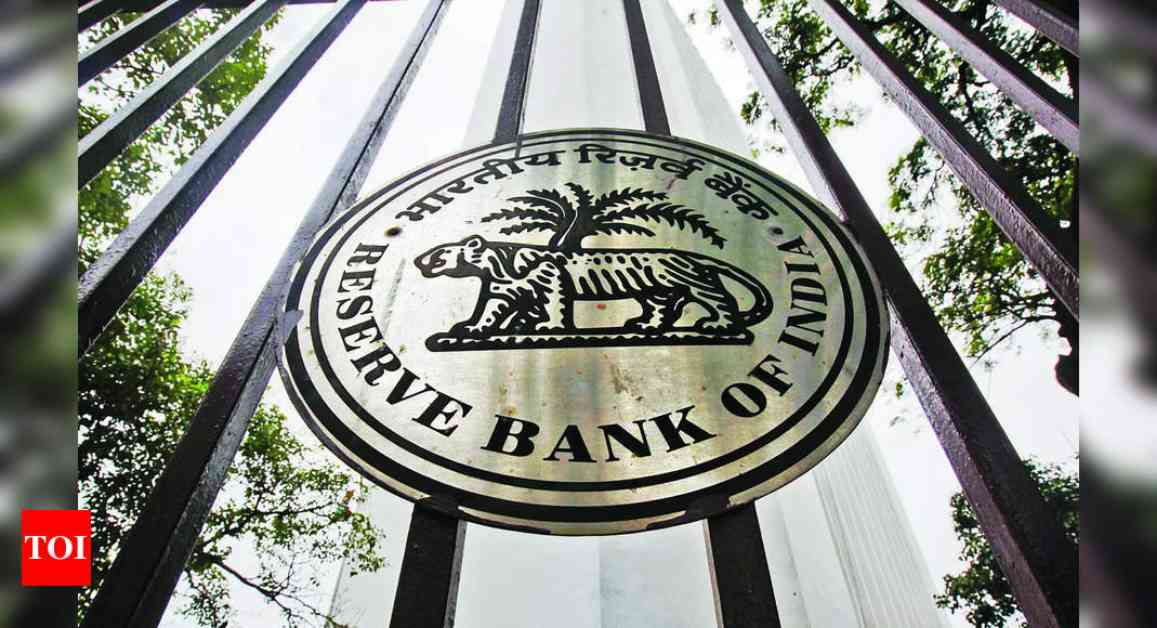RBI Deputy Governors’ Portfolios Rejigged as MD Patra’s Term Ends
In a significant development, the Reserve Bank of India (RBI) has announced a reshuffling of portfolios for its deputy governors, following the conclusion of Deputy Governor Michael Debabrata Patra’s extended term on Tuesday. The key monetary policy department previously headed by Patra will now be overseen by the senior-most Deputy Governor M Rajeshwar Rao, as confirmed by the RBI in an official statement. Last year, Patra’s term was extended by one year until January 14, 2025.
Senior Most Deputy Governor Takes Charge
Rajeshwar Rao has been entrusted with the responsibilities of the Department of Economic and Policy Research, Department of Statistics and Information Management, and the International Department. This reallocation of duties among the three deputy governors, which also includes T Rabi Sankar and Swaminathan Janakiraman, aims to streamline the functioning of the central bank.
Departmental Responsibilities Reassigned
Under the new arrangement, Rabi Sankar will be in charge of overseeing 13 departments, including crucial areas such as Currency Management, Information Technology, Financial Markets Operations, and Financial Markets Regulation. Meanwhile, Swaminathan Janakiraman will be responsible for nine departments, including Supervision, Deposit Insurance, and the Credit Guarantee Corporation.
Selection Process for New Deputy Governor Initiated
Simultaneously, the government has kickstarted the process of selecting a new Deputy Governor. This selection process is being overseen by the Financial Sector Regulatory Appointments Search Committee (FSRASC), led by the Cabinet Secretary. The committee comprises members such as the Secretary of the Department of Financial Services, the RBI Governor, and three external experts.
The RBI currently has four deputy governors, each bringing a unique perspective and expertise to their roles. This recent reshuffling of portfolios underscores the central bank’s commitment to ensuring a smooth transition of responsibilities and maintaining operational efficiency.
As the RBI adjusts to these changes, one cannot help but wonder about the impact of these new appointments on the future direction of India’s monetary policy. How will the reallocation of departmental responsibilities influence key decisions in the realm of economic policy and financial regulation? Only time will tell how these changes will shape the landscape of India’s financial sector.
In the ever-evolving world of central banking, adaptability and strategic decision-making are crucial for navigating complex economic challenges. The recalibration of portfolios within the RBI’s leadership structure highlights the ongoing efforts to enhance transparency, accountability, and effectiveness in policymaking. As stakeholders await the appointment of a new Deputy Governor, the focus remains on sustaining stability and promoting growth in India’s financial ecosystem.























